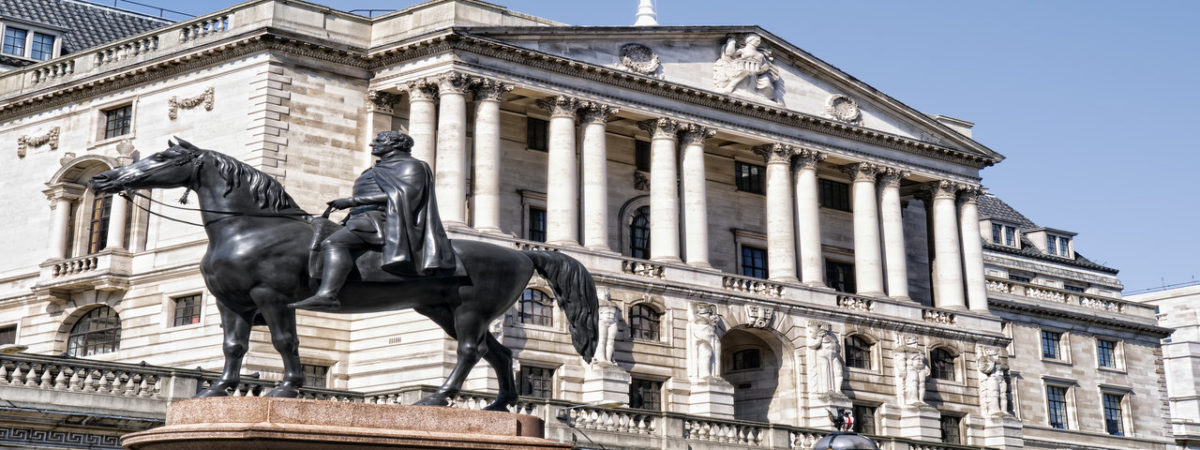Getting the Measure of Money
SUGGESTED

SMPC votes Six / Three to Hold Bank Rate in December

UK should scrap net migration target & introduce two-lane immigration system post-Brexit, says new report

A critical assessment of UK monetary indicators
- The Monetary Policy Committee of the Bank of England’s reliance on faulty indicators has led to suboptimal policy decisions and masked what is actually happening in the economy.
- The introduction of quantitative easing (QE) in 2009 has made the money supply relevant again and made a discussion about alternative money supply measures of direct policy significance. Unfortunately, official Bank of England figures have proved misleading and subject to major alterations (such as the replacement of M4 with M4ex).
- This book argues in favour of measures such as MZM and Divisia money, which attempt to find a middle ground between narrow and broad measures. It introduces a new and publicly available measure, MA, based on an a priori approach to defining money as the generally accepted medium of exchange.
- Central bankers are right to alter monetary policy in light of changes in the demand for money (i.e. velocity shocks), but they also need to recognise the potential for their own actions to be the cause of such shocks.
- In particular, central banks are ‘big players’ who can weaken confidence by generating regime uncertainty, and this played a major role in the 2008 financial crisis.
- While increased attention to uncertainty by economists should be welcomed, we should also be wary of attempts to measure it.
- From 1999 to 2006 the Consumer Prices Index (CPI) systematically underreported the inflationary pressure in the UK. More attention should be given to indices that include asset prices.
- GDP figures available at the time understated the severity of the 2008 recession, but also understated the strength of the recovery.
- GDP is flawed as a measure of well-being, of economic growth and even of economic activity. We get a fuller picture if we include intermediate consumption (or business-to-business spending), which is known as ‘Gross Output’ (GO).
- GO for the UK is typically two times bigger than GDP and more volatile. Unfortunately, official figures are only published on an annual basis and with a significant lag.
Fullscreen Mode



